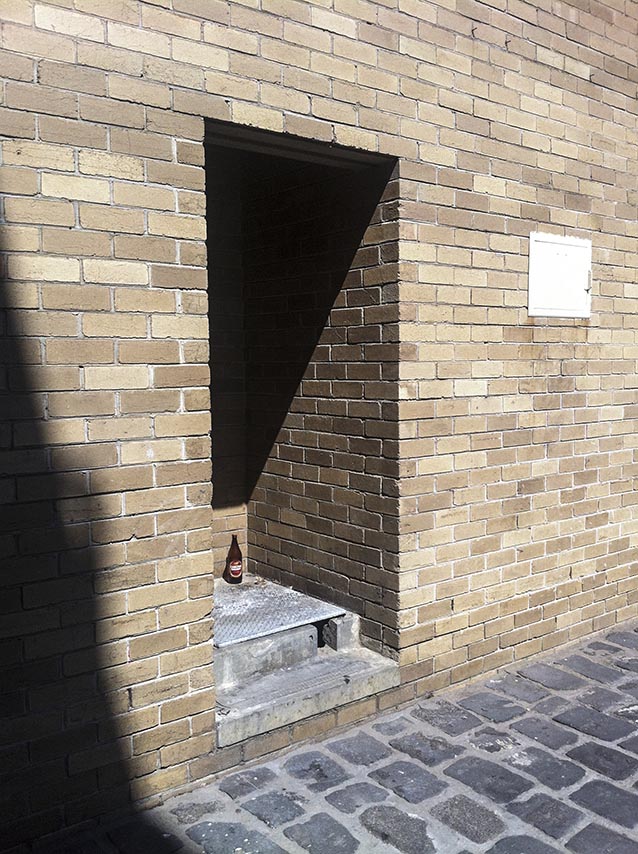philosophical society.com
Nothing, Really

Heidegger thought that any ordinary object or scene could arouse fear and anxiety in someone by signifying nothingness in some way. The idea had previously been put forth by Pascal, who famously said that nothing frightened him more than the cold, empty spaces of infinite dark sky.
To those who endure the initial fright of the void and are able to train their eye on it, fear gives way to perspective. The contingency of all social and cultural arrangements eventually becomes clear. One sees and feels the stark contrast between the natural-nothing and the unnatural-something of engineered social life. The artifice of meaning-making, etc.
The vacant scene can awaken life in the socially dead. It does this by summoning the horizon of the beyond, calling the witness’ attention to the pleroma of being as glimpsed in nature-at-a-distance – mountains and setting sun, for instance – or sometimes up close, as when (in the picture above) beams of light splash hope on the canvas of abandonment. Or by means of revelation, when, encountering this nothing, someone is able to perceive many things at once, realizing in a single instant the point of it all (void, appearances, the act of witnessing).
The void as cold empty space, but also as “other”: as hideout, as respite from over-saturation, as medium and guide for those Nietzsche described as homesick.
A few come out the other side. All the old entanglements fall off, the internalizations too. What was concealed for several decades is now revealed: the secret of a life once lived, the prospect of carrying on without ever having to abide by it again.
(The image above can be found on the Pataphysics website. See also “Before Google” and “Shelves.”)
(May 31, 2017)